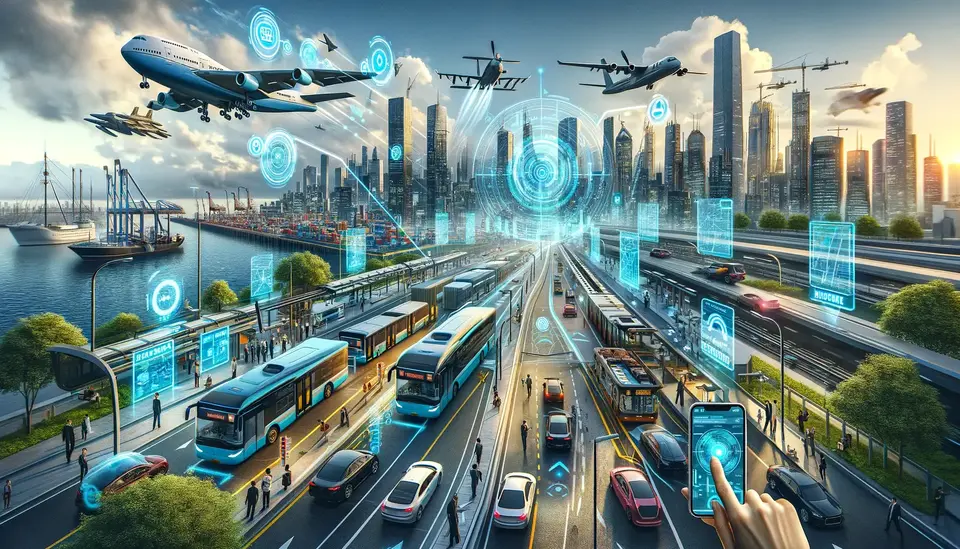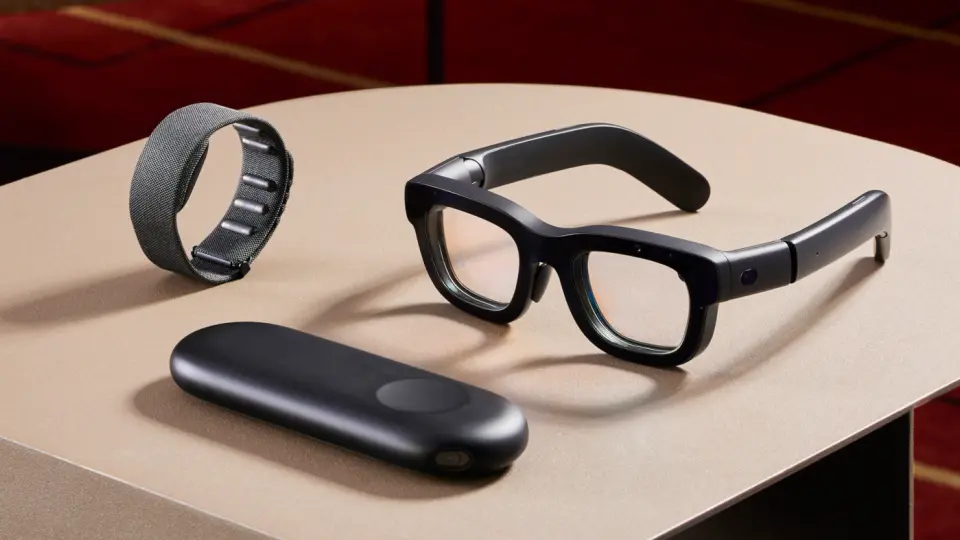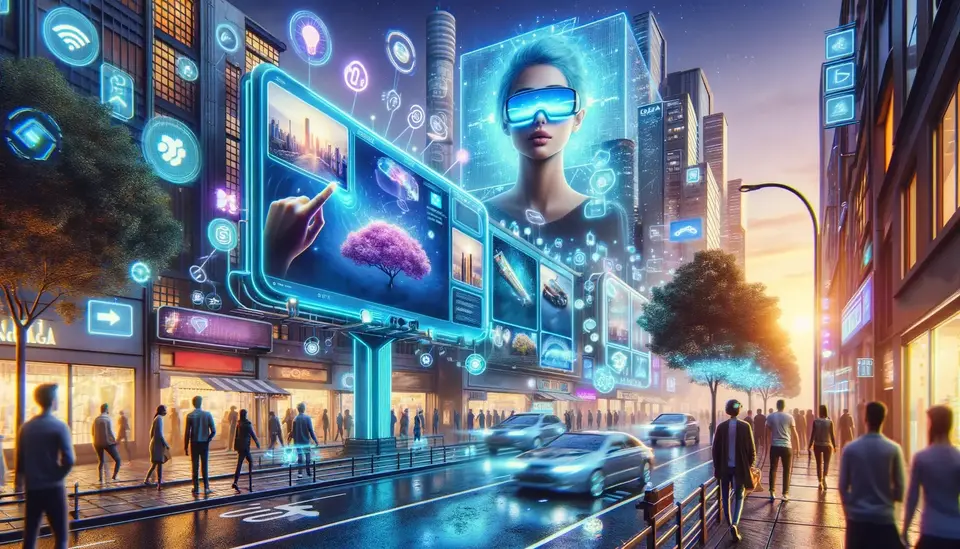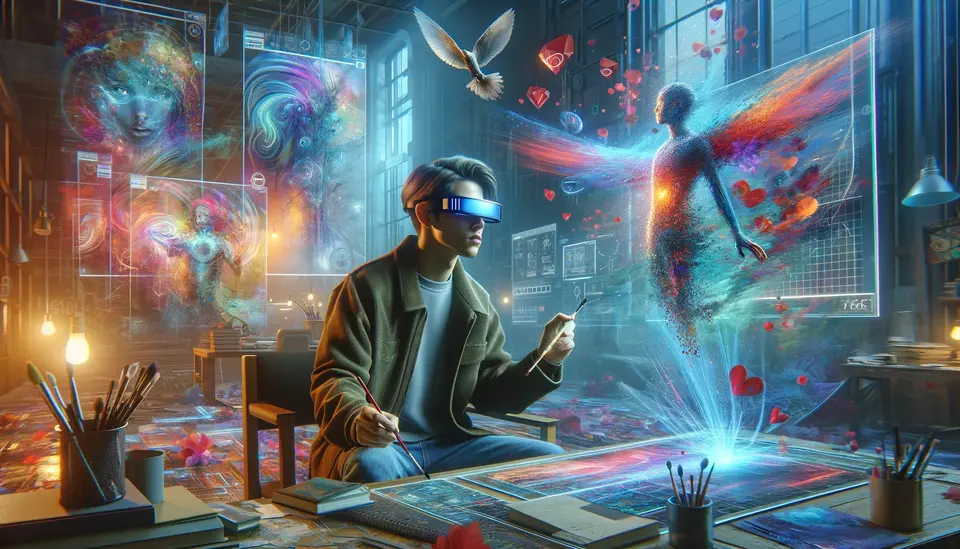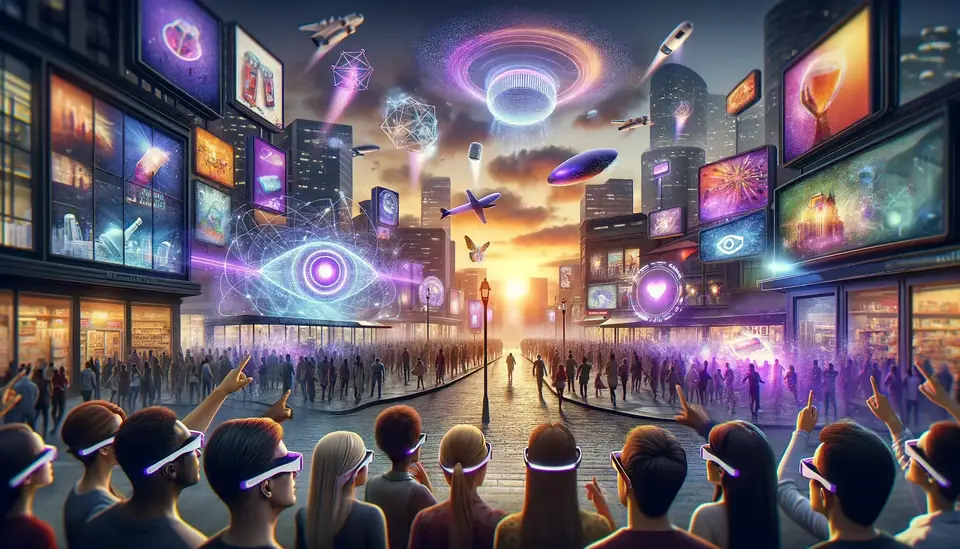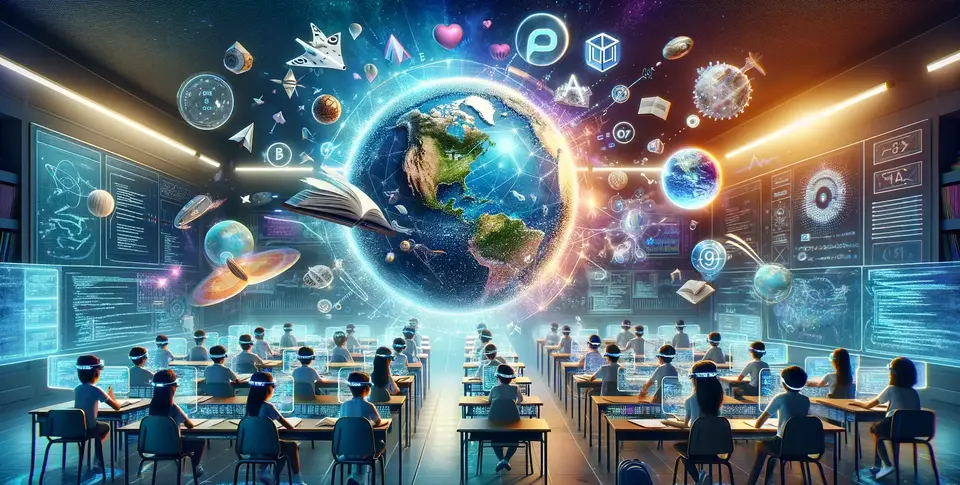Real Examples and Use Cases of Augmented Reality (AR) in Transportation
Posted on February 21, 2024 5 minutes 886 words
Table of contents
Introduction
As we navigate through the era of rapid technological advancement, the transportation industry stands on the brink of a revolutionary transformation, driven by Augmented Reality (AR). This blog post aims to delve into the dynamic intersection of AR and transportation, uncovering how this technology is not just enhancing current systems but also paving the way for futuristic transit solutions. From public transit to aviation, we will explore real-world applications of AR that are redefining safety, efficiency, and user experience in transportation.
Augmented Reality: A Game Changer in Transportation
Augmented Reality, a technology that superimposes digital information onto the physical world, is emerging as a pivotal force in transportation. AR’s ability to enhance real-world experiences with virtual data is proving to be a game changer. In transportation, AR introduces innovative solutions - whether it’s overlaying navigation information directly onto a car’s windshield or providing real-time data to pilots and ship captains. These advancements are not just about information delivery; they’re about transforming how we interact with and navigate our world, making transportation safer, more efficient, and more user-friendly.
Real-World Examples of AR in Transportation
In the realm of transportation, Augmented Reality (AR) is not just a futuristic concept but a present reality, bringing innovative solutions and enhancements to various modes of transport. This section delves into the real-world applications of AR in transportation, from public transit to the automotive industry, and from aviation to maritime operations. Each example illustrates how AR is revolutionizing these sectors, enhancing safety, improving efficiency, and elevating user experiences.
Public Transit
- Enhanced Navigation in Metropolitan Transit Systems
- In urban settings, AR is transforming the way commuters interact with public transit. For instance, some cities have implemented AR features in their transit apps, allowing passengers to view virtual route maps and schedules overlaid on the actual streets and stations through their smartphones.
- Case Example: A notable implementation is in a European city where the transit authority uses AR to provide real-time bus schedules and routes overlaid on live street views. Passengers simply point their phone cameras at a bus stop to see the virtual display of bus arrival times and destinations.
- User Experience and Efficiency: This application has dramatically improved user experience by making navigation intuitive and engaging. It reduces the anxiety associated with transit use, especially for tourists or first-time users, and streamlines the journey planning process.
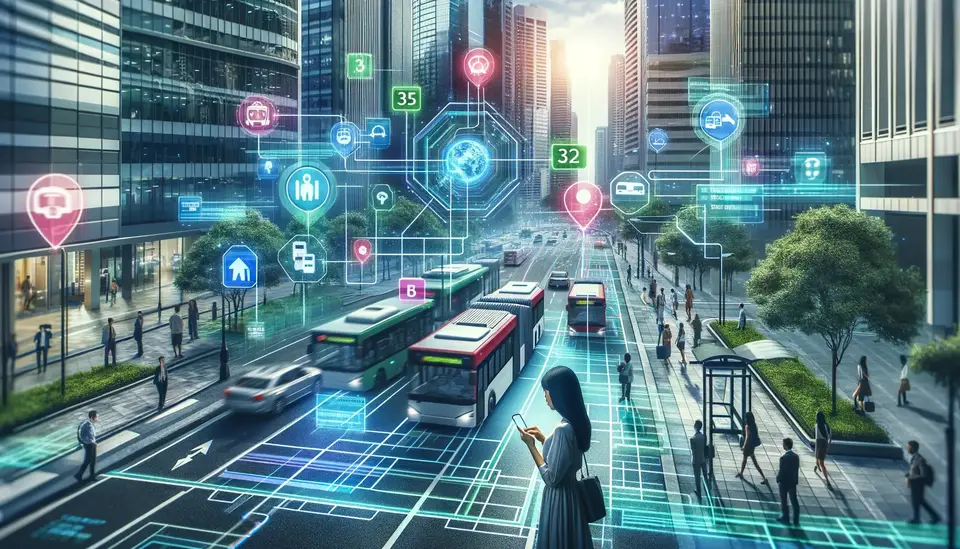
Automotive Industry
- Advanced AR Heads-Up Displays (HUD)
- Leading car manufacturers are integrating more sophisticated AR HUDs into their vehicles. These systems project a wide range of information, including navigation, traffic conditions, speed limits, and safety alerts onto the windshield, effectively blending virtual data with the physical driving environment.
- Impact on Driving: By providing critical information directly in the driver’s line of sight, AR HUDs enhance situational awareness and reduce cognitive load, leading to safer driving experiences. Some systems even highlight potential road hazards, like pedestrians or obstacles, directly on the windshield, significantly enhancing driver reaction times.
Aviation Sector
- AR for Enhanced Pilot Training and Maintenance
- In aviation, AR is increasingly used for both pilot training and aircraft maintenance. Trainee pilots use AR headsets to simulate various flying conditions and scenarios, offering a cost-effective and safe training environment.
- Maintenance Application: AR is also revolutionizing aircraft maintenance. Technicians wearing AR glasses can see superimposed images and information, like wiring diagrams and component labels, over physical aircraft parts. This application not only speeds up the maintenance process but also reduces errors, ensuring higher safety standards.
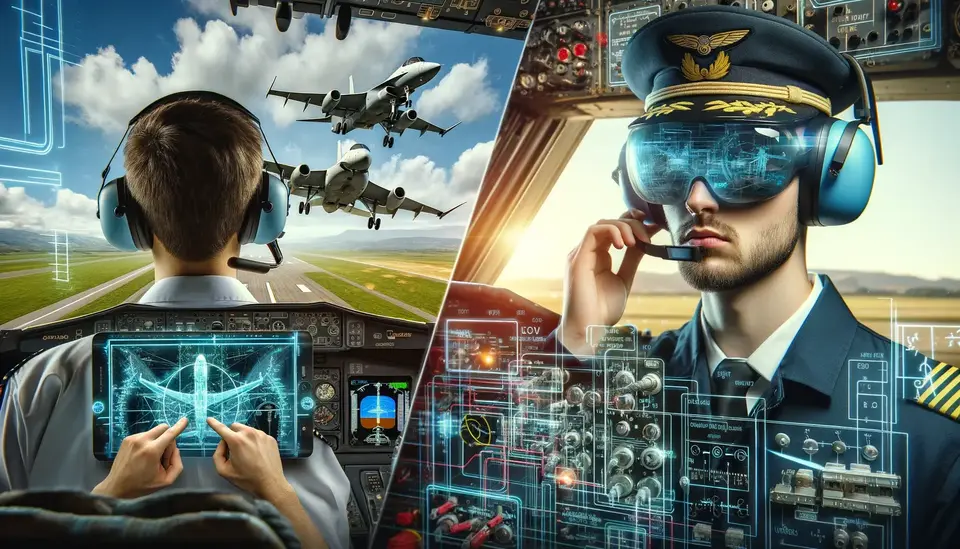
Maritime and Shipping
- AR for Safer and More Efficient Maritime Navigation
- In the maritime industry, AR systems are being tested to enhance navigational safety. These systems display critical information such as ship speed, depth, and route information over the real-time field of view of the sea.
- Cargo Management: For cargo handling, AR assists in managing complex loading and unloading operations. Workers equipped with AR devices can quickly identify cargo, receive handling instructions, and navigate through large vessels or ports with ease, boosting operational efficiency and safety.
These examples demonstrate the profound impact of Augmented Reality on the transportation sector. Through innovative applications across different modes of transport, AR technology is not only solving existing challenges but also opening up new possibilities for future advancements. As we continue to explore and integrate AR into transportation, it becomes increasingly clear that this technology is a key driver in the evolution of how we move and interact within our world.
Enhancing Safety and Efficiency with AR
The adoption of AR in transportation sectors significantly enhances safety and operational efficiency. For example, in the automotive sector, AR technology is crucial in reducing road accidents by keeping the driver’s focus on the road. In public transit, AR improves safety by providing clear, real-time navigational aids and crowd management solutions.
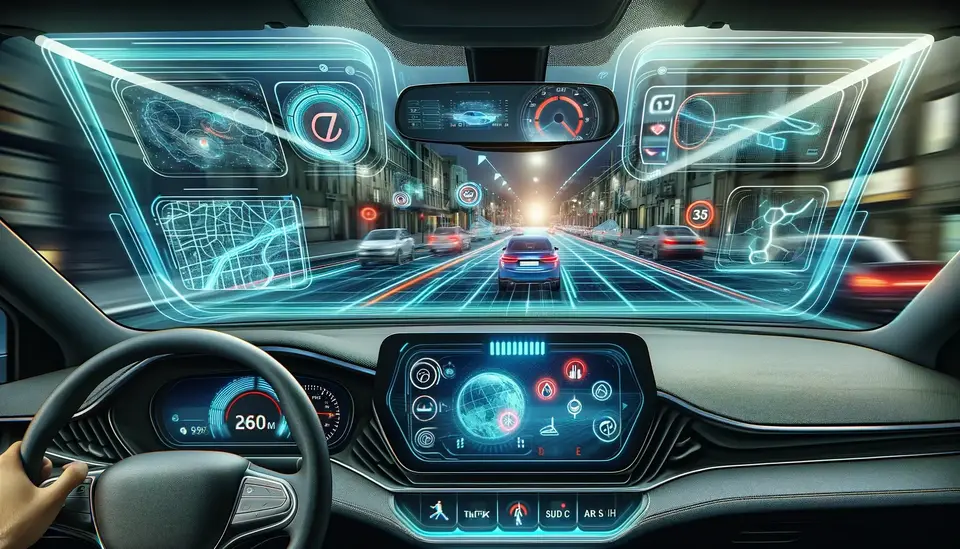
The Future of AR in Transportation
As AR technology continues to evolve, its applications in transportation are set to become more sophisticated and widespread. The future may see fully integrated AR systems in autonomous vehicles, advanced AR-based traffic management systems in smart cities, and more immersive and interactive travel experiences for passengers.
Conclusion
Augmented Reality is rapidly becoming an essential component in the transportation sector, offering innovative solutions to improve safety, efficiency, and the overall user experience. As this technology advances, its potential to revolutionize transportation seems boundless.

